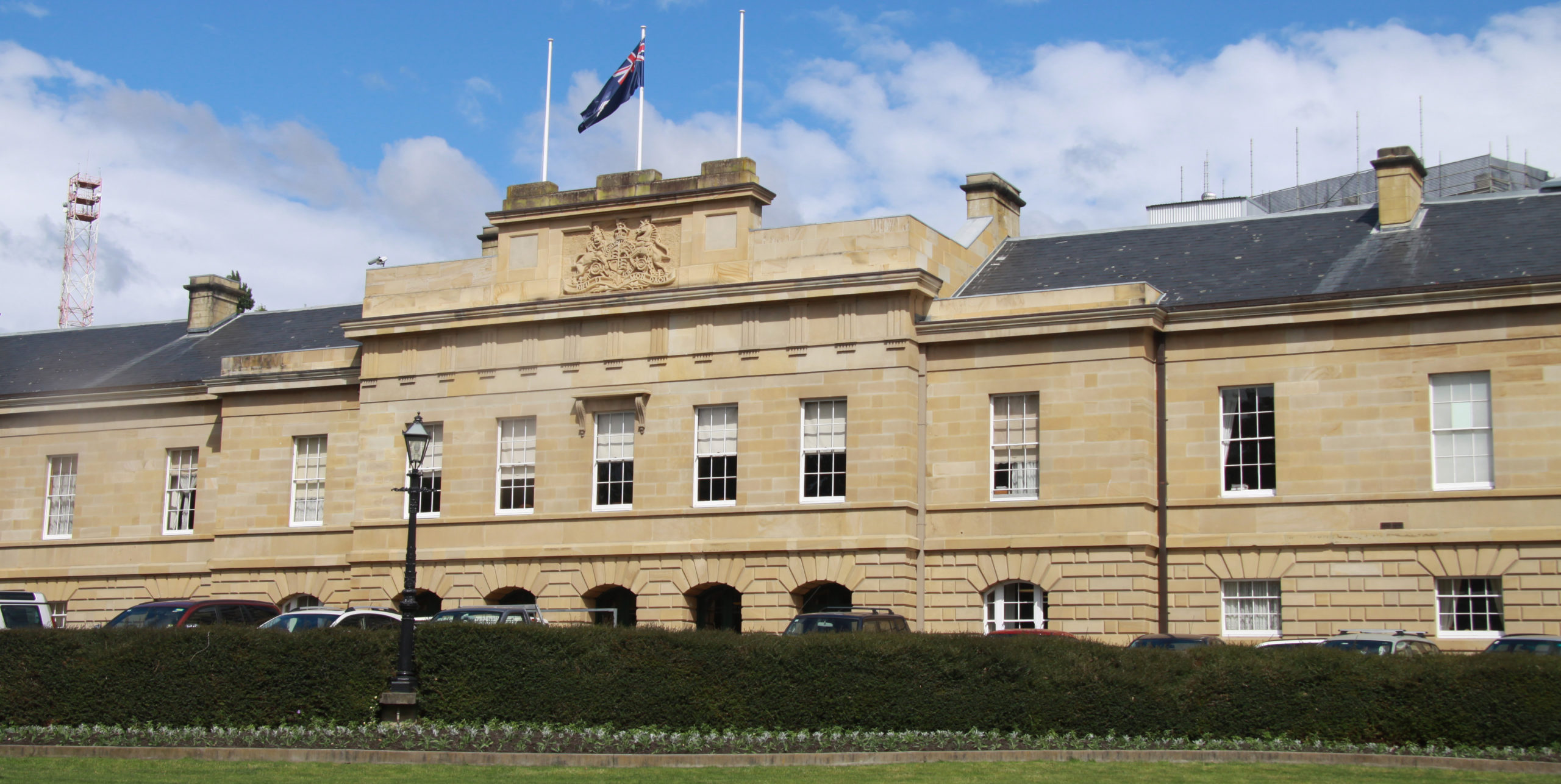The far-reaching impacts of the COVID-19 pandemic underscore the critical need for evidence-informed, transparent and inclusive decision-making. Policy-makers have grappled with complex choices amidst uncertainty. They have constantly reassessed response measures while navigating their economic implications and unintended consequences on societal well-being. Effective communication of the basis for these decisions has also posed a challenge, requiring transparency and public trust.
With the increasing threat of emerging pandemic-prone pathogens, new guidance released jointly by the World Health Organization (WHO), Organisation for Economic Co-operation and Development (OECD) and the World Bank elucidates the role of mathematical modelling – specifically integrated modelling – in addressing these challenges. By combining epidemiological, macroeconomic and behavioural factors in a shared analytical framework, integrated models help to capture the diverse factors influencing policy impacts. These include transmission dynamics and human susceptibility to severe disease, but also socioeconomic vulnerabilities and behavioural drivers.
“We need tools that allow us to understand and consider the interactions between health and the economy,” said Dr Bruce Aylward, Assistant Director-General of the Universal Health Coverage, Life Course Division at WHO. “We cannot continue modelling the health response on the one side and the social and economic response on the other. These have got to come together because of the huge implications of policy decisions in one sphere for their impacts on the other. We must bridge the gap between health and economic dimensions, integration is essential.”
Producing and using integrated models to inform policy-making under time and resource pressures is complex. Disciplinary silos, limited data availability and inadequate platforms for collaboration between policy-makers and modelers pose significant challenges. Addressing these challenges is best approached before epidemics or pandemics, requiring shifts towards interdisciplinary and intersectoral collaborations, data collection and sharing systems, and sustained engagement between policy-makers, their technical teams and modelers.
“We must transform our approach, working collaboratively across ministries and disciplines to achieve integration in policy-making,” Dr Aylward added.
To support countries in this endeavor, the WHO-OECD-World Bank guide proposes four initiatives to help increase capacities in integrated modelling and its use in policy-making across diverse contexts:
1) institutionalizing modelling for policy-making
2) establishing active communications between actors
3) matching policy questions with appropriate models
4) building greater awareness and understanding in modelling and integrated modelling.
Access the full publication here.








